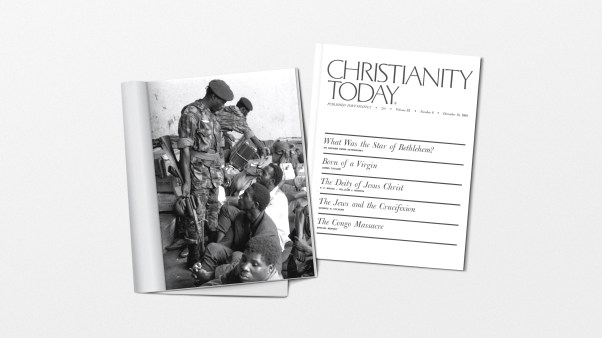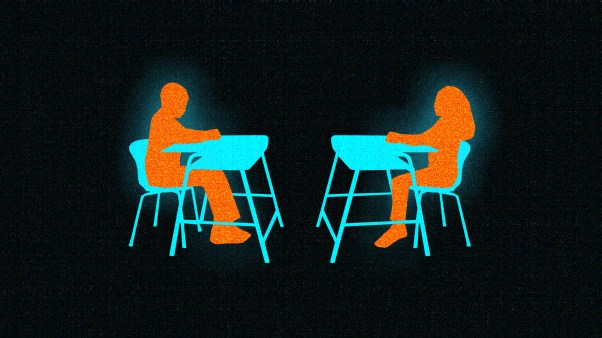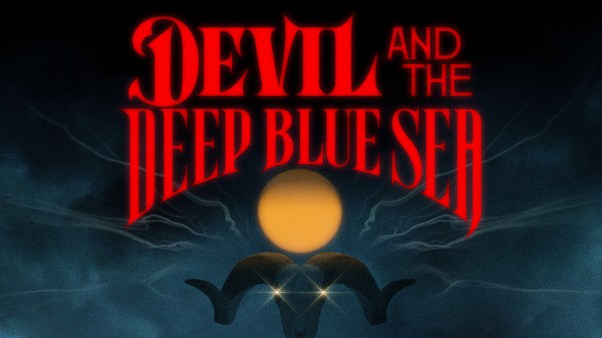John and Charles Wesley and a handful of other Oxford students devoted themselves to a rigorous search for holiness and service to others.
The Holy Club, the name given to John and Charles Wesley’s group by their fellow collegians in mockery of their emphasis on devotions, was the first sign of what later became Methodism. Begun by Charles and led by John after his return to Oxford University in 1729, the Holy Club members fasted until 3 PM on Wednesdays and Fridays, received Holy Communion once each week, studied and discussed the Greek New Testament and the Classics each evening in a member’s room, visited (after 1730) prisoners and the sick, and systematically brought all their lives under strict review.
The Holy Club never exceeded twenty-five members, but many of those made significant contributions, in addition to those of Charles and John Wesley. John Gambold later became a Moravian bishop. John Clayton became a distinguished Anglican churchman. James Hervey became a noted religious writer. Benjamin Ignham became a Yorkshire evangelist. Thomas Brougham became secretary of the SPCK. George Whitefield, who joined the club just before the Wesleys departed for Georgia, was associated both with the Great Awakening in America and the Evangelical Revival in England. Looking back from 1781 John Wesley saw in the Holy Club the “first rise” of Methodism. The “second rise” was in Georgia in 1736, when he met with selected members of his congregation on Sunday afternoons. From these grew the idea for “Methodist societies” which became the backbone of the Methodist organization.
Copyright © 1983 by the author or Christianity Today/Christian History magazine. Click here for reprint information on Christian History.










